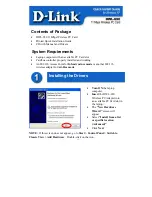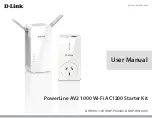
Rittal Liquid Cooling Package
11
3 Device description
3
3.2.3
LCP Inline DX
Targeted air routing by hot air extraction from the hot
aisle and cold air blown into the cold aisle has a funda-
mental effect on the amount of heat to be dissipated.
In order to achieve sufficient cooling in the server enclo-
sure, it is important to ensure that the cooling air passes
through the interior of the built-in units and is unable to
flow past at the sides.
Fig. 6:
LCP Inline DX on two server enclosures
For this purpose, the system consisting of
LCP Inline DX, server enclosure and cold aisle contain-
ment should be well sealed in order to avoid a decrease
of the cooling capacity due to mixing of cold and hot air.
This is achieved by sealing the cold aisle with doors at
the beginning and end of the rack rows, and sealing it at
the top with roof elements. Existing cable entry glands
are additionally sealed e.g. using suitable brush strips.
3.3
Equipment assembly
3.3.1
Unit components
Fig. 7:
LCP Rack DX front – open front door
Key
1
LCP door
2
Display
3
Fan
4
Rack
5
Electronics box with switches for fans
The device variants differ as follows at the front:
– LCP Rack DX: Solid front door
– LCP Inline DX: Perforated front door
Note:
However, the system does not need to be
completely airtight, thanks to the high, co-
ordinated air throughputs of the server and
LCP fans.
1
2
5
4
3
3
3
3












































